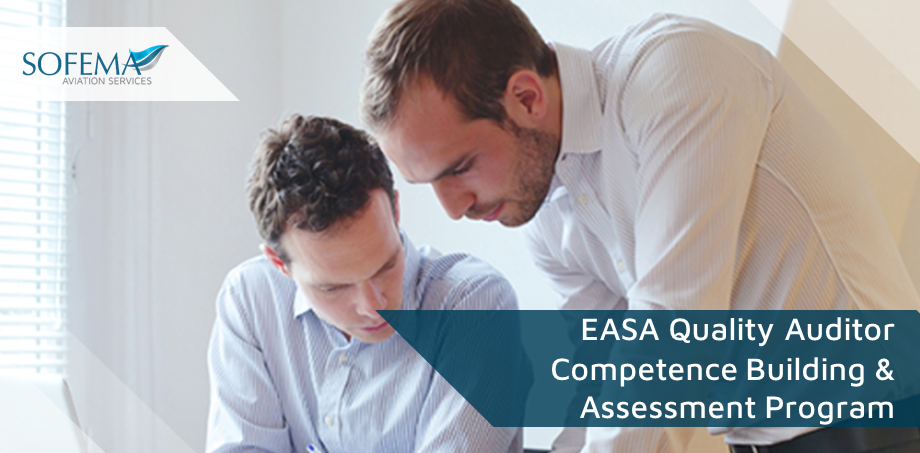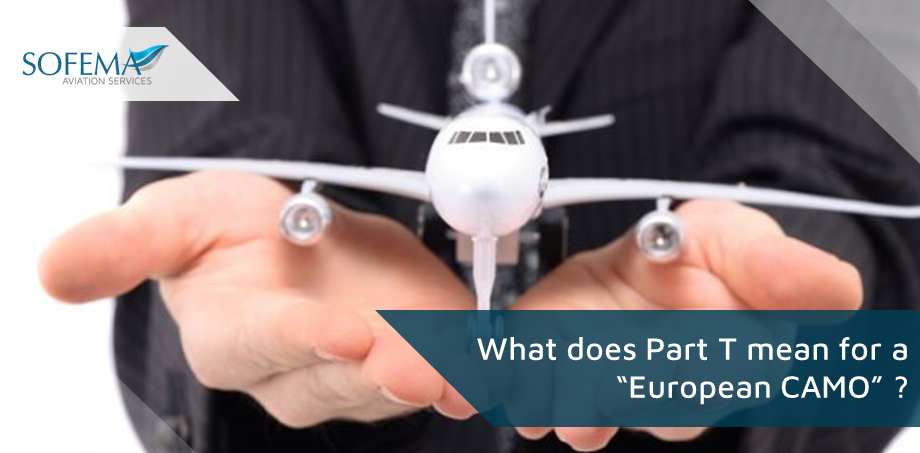What Regulatory Training should an EASA Quality Auditor receive as part of the ongoing Competence Building & Assessment Program within the AMO & CAMO Environment
read more
Sofema Aviation Services (SAS) considers the regulatory training required for EASA Quality Auditor as part of the ongoing Competence Building & Assessment Program within the AMO & CAMO Environment Having been delivering regulatory training across a range of subjects since 2008, Sofema Aviation Services (SAS) is in a position to comment that it is the…






